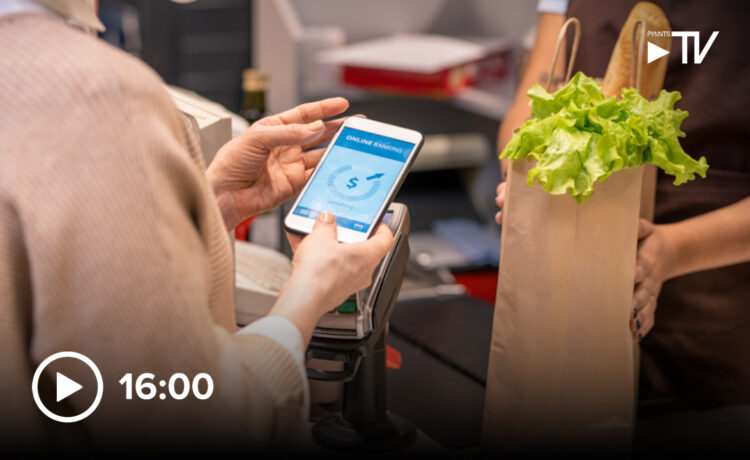The promise of embedded payments — and the march toward embedded everything — says that commerce and money movement is seamless and intuitive.
In the continuing conversations within the “What’s Next in Payments” series, exploring the rise of embedded finance, Doug Brown, chief product officer of digital banking at Candescent (formerly NCR Voyix), said that done correctly, embedded finance solves a pain point for merchants as well as issuers — namely cart abandonment.
“That’s a merchant problem, but it’s also a banker’s problem,” he said. “It’s a lost transaction.”
Embedded finance solutions help guide end users toward affordable, personalized payment options that are convenient enough to incentivize the sale to be made, he said.
“You’re embedding the capabilities out to where the customer is and when they want to use it,” said Brown, so “there’s a full cycle of win-wins across the board.”
However, beyond the happy customers and the happy merchants — who are focused on the transaction itself — banks have a set of different considerations when it comes to enabling embedded options like buy now, pay later.
“There’s the responsibility to guarantee the funds and the transaction itself,” underwriting risk so the parties are repaid, Brown said.
“Your overall ‘status’ is coming to bear as banks bring more data, in real time, into the mix to evaluate decisions and recommendations — and recommend alternatives, too,” if a particular financing option is not the right fit, he said.
Beyond the Transaction
In short, banks have a responsibility not just to get the transaction done — they have an advantage over merchants. Banks have the responsibility and ability to inform the consumer clearly about the risks and longer-term considerations.
That level of education goes beyond mere disclosure (which the merchants might do) and should ideally prod the consumer to consider whether they can afford the equal installments over time, Brown said.
Data helps banks inform the consumers — and risk has to be factored in not simply at the point of the transaction but as banks get to “know” the individual — and helps them maintain or improve their financial wellness. Understanding how a financing option may alter or even disrupt a consumer’s credit score or financial standing helps them think beyond the purchase and gain a holistic sense of what might happen afterward.
The Competitive Advantage
Ensuring financial wellness along with a broad range of financial options cements a competitive advantage for banks because banks and credit unions already get high marks on trust, Brown said. Trust, in turn, is further enhanced when banks can repeat successful outcomes over the long term.
“We’re seeing the introduction of post-purchase financing decisions,” said Brown, where some larger and perhaps tougher-to-afford transactions can be broken up into installments. “People can make changes, and issuers and banks are providing that service,” in effect saying to the consumer that “maybe you didn’t make the best decision at that point in time, but now we see everything, and we can prescribe and recommend” other options.
The conversation with Webster took place as two devastating hurricanes sowed havoc across the southeastern United States.
“We’ve been helping a number of banks just keep their infrastructure up and running — and to help restore infrastructure too,” he told Webster. “These banks are under duress themselves because some of their branches have been washed out.”
But natural disasters help illustrate how banks, data and context can all come together not just to get consumers the funds they need but to help ensure they do not become over-extended. Many of Candescent’s own financial institution clients, and especially community banks, have been instrumental in getting emergency funds — or even payday advances — to customers.
Looking ahead over the longer term, realizing the full potential of embedded everything requires “getting the technology ‘up to the edge,’ so that we can support more of these real-life interactions” across banking and commerce, Brown said.
Technology is advancing, particularly as tokenization (which replaces sensitive data with digital tokens that are simply representative but have no value) has gained use through the last several years, he said. Those commerce journeys are going to extend and become even more intuitive as the tokens move with consumers through everyday life.
“It’s not just going to be about less friction,” Brown said of the transactions. “They’ll be more secure and ‘guided’ back to your financial wellness. It’s a transaction in the context of a broader scheme … the relationship you have with your bank or credit union.”


















